One of the things I’ve always loved about Japan is the way it exemplifies contrast. I’ve written about this many times – the way the ancient past and the high-tech future exist side-by-side, especially in Tokyo. The fascination and simultaneous apprehension towards foreigners and foreign culture. The obsessive politeness and sometimes-shocking rudeness that you see in public social interaction. The list could go on and on.
One could hardly find better exemplars for this than Osaka and Kyoto, the two most famous cities in West Japan. Japanese have a saying about Kansai’s three great cities, each a mere few miles from the other – Kyoto is a Japanese city, Osaka is an Asian city, and Kobe is a European city. From what I’ve seen there’s a certain measure of truth to that even if it is an oversimplification. I’ve rarely visited both Osaka and Kyoto on the same day but when I do, the contrast is always quite striking (as in, a slap to the face).
The main purpose of my travels yesterday was to visit Hanatouro, the bi-yearly lantern festival held in Kyoto, but on the way I stopped off in Osaka where another big modern festival was taking place. Nipponbashi Street Festa, held in Den Den Town (“Osaka’s Akiba”) is one of the largest cosplay events in the world. I’ve never involved myself much in the cosplay side of otaku fandom – even here I took few photos, because protocol is you ask before you snap (I get the reasons for that, but rarely feel motivated to do so, so I generally just look).
As usual one is struck by the dedication and talent level Japanese fans display, though I confess I was a bit unnerved by the large chunk of the costumes that were military in nature. There were some amazing costumes on display, but for too many featured automatic weapons for my liking. Indeed I recognized very few of the characters portrayed, and the majority of attention-grabbers were scantily-dressed women in some sort of idol persona. As compared to Nipponbashi, Comiket (which is almost as huge a cosplay event as doujin one) has a much higher proportion of anime and manga character cosplay on display.
On to Kyoto – where almost as soon as I got off the train I found myself in the middle of competing rallies – between a hate speech group (this is distressingly common in any area of Japan frequented by tourists, but this one was apparently a big deal) and “No Hate Kyoto” counter-protest (which happily seemed much larger). Unfortunately xenophobia is a part of daily life in Japan, though one could hardly claim it’s otherwise in the U.S. or Europe these days.
As for Hanatouro, it’s one of my favorite of all Kyoto festivals – despite the fact that it’s modern in origin. Though some deride it for this reason, it doesn’t really bother me – all matsuri were “modern” at some point in their history. Kyoto is pretty much only wonderful on days with a “Y” in them, but for me it’s at its best in winter and at night – the quietest and most serene times to be in this massively popular tourist destination. I lack both the ability and the photo equipment to do any night festival justice, but I dearly love this one.
I walked the entire route (it’s only about 5 KM) and stopped by Shoren-in for their illumination, having already done the Kodai-ji (the best of them) and Kiyomizudera light-ups. Hanatouro is elegant in its simplicity – it’s mostly just lanterns lining alleys and streets, but they’re so ethereally beautiful it takes the breath away. There are also some ikebana displays, a group of children walking the route chanting “Be careful of fire!” and – most atmospheric of all – the “Kitsune no Yomeiri” (fox’s wedding) procession. Those last two are traditional and very ancient rituals, even if the festival itself is modern. It’s said to be good luck to join the fox’s wedding procession, so I did – along with half of Higashiyama, it seemed.


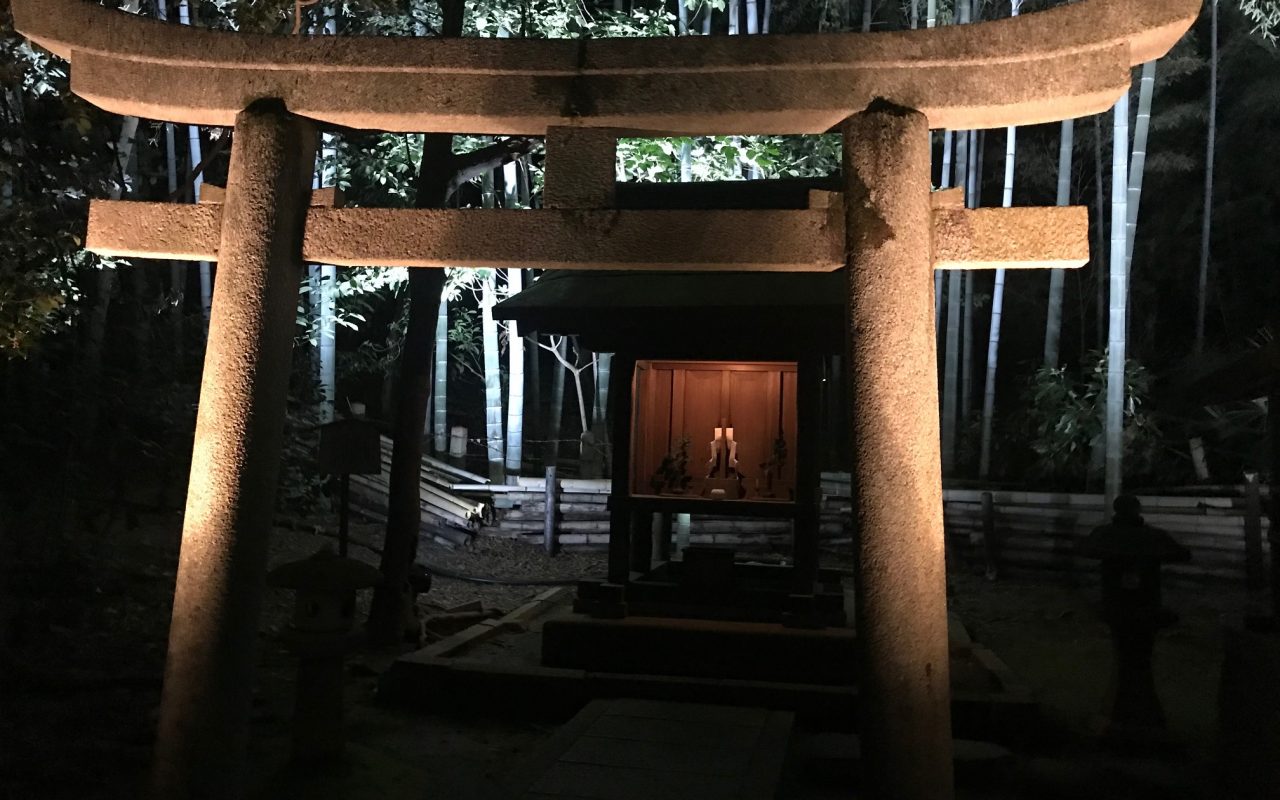
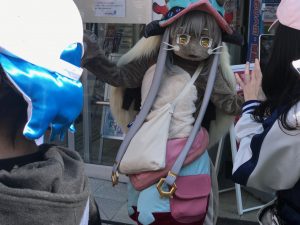

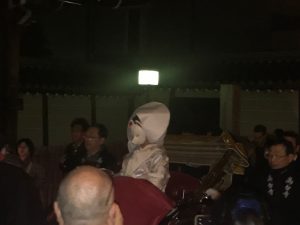
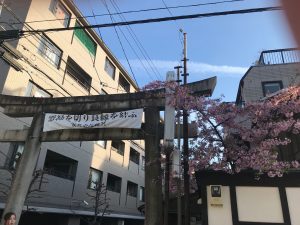
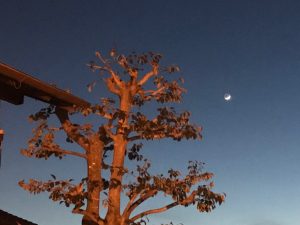
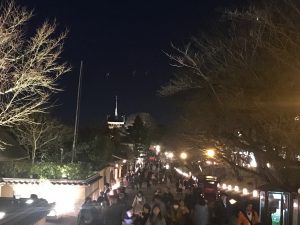
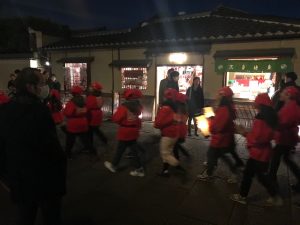
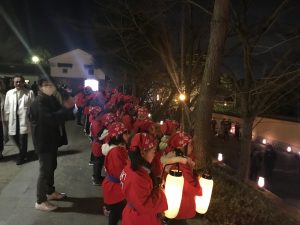
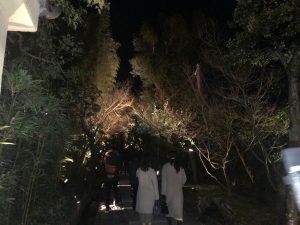

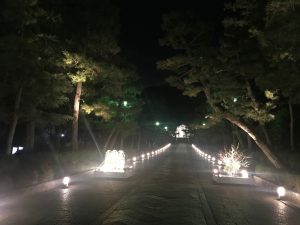

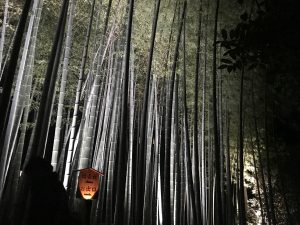
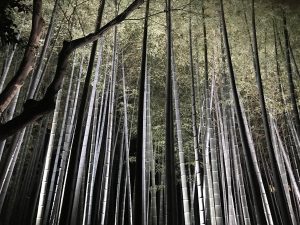
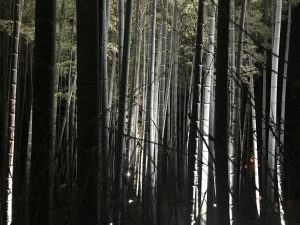
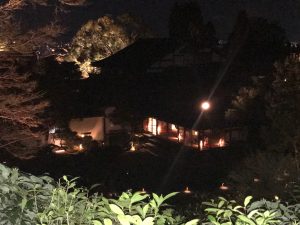
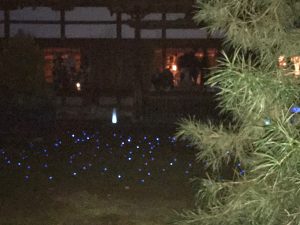
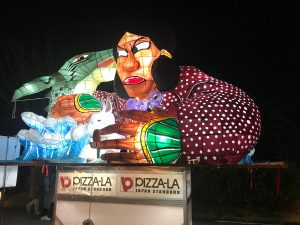
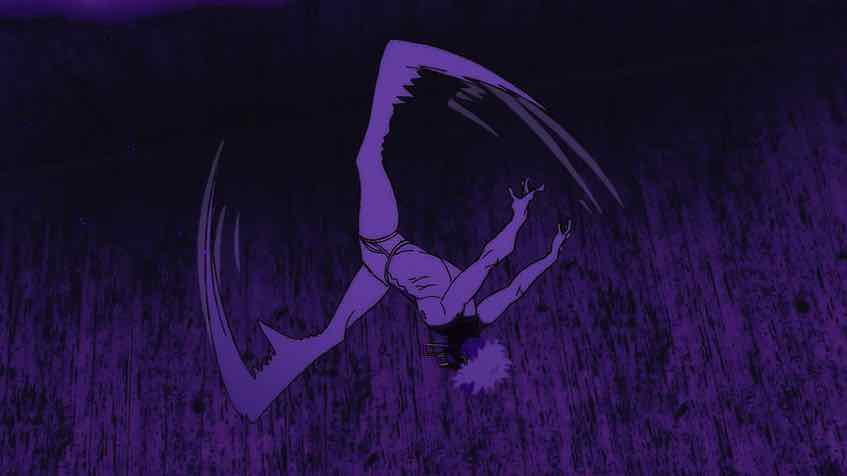
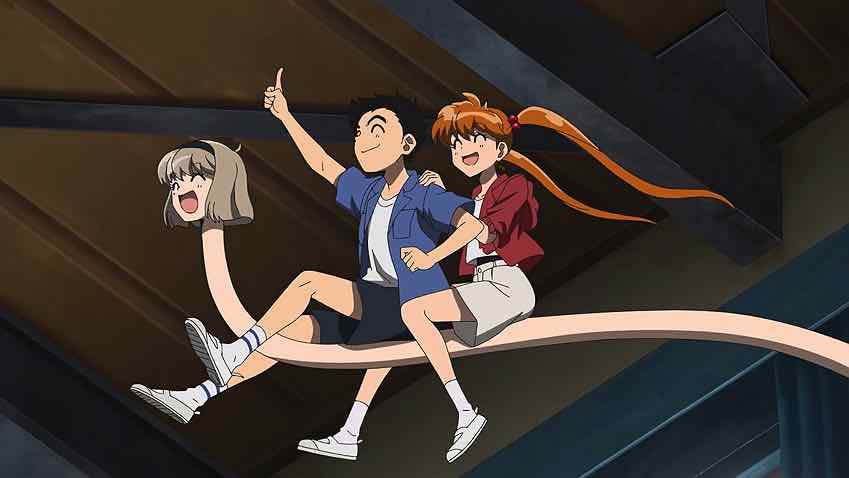
Yann
March 10, 2019 at 2:27 pmI am sooooooooooooo jealous! That looks amazing! The Kyoto part I mean 🙂
What’s a hate speech group? What are they hating at?
Guardian Enzo
March 10, 2019 at 2:47 pmIn the case of Japan it’s generally a gathering to rail against the evils of foreigners and immigration. This particular one is one of the most vile, Zaitokukai, which reserves its most vitriolic hatred for Koreans and Chinese. Their most famous achievement was attacking a Kyoto elementary school with many Korean students in 2009 and proudly posting it on Youtube.
leongsh
March 11, 2019 at 10:43 amBeen to both Hanatouro festivals, the one in December at Arashiyama and the one in March at Higashiyama. The last Hanatouro I visited was the Arashiyama Hanatouro in December 2018. Was in Kyoto from 8th-10th December 2018. Between the two, I have no preference. Each has its charms.
Guardian Enzo
March 11, 2019 at 12:02 pmI haven’t made it to the Arashiyama one yet. Determined to try this year.
leongsh
March 11, 2019 at 2:12 pmIf you do, please avoid Saturday nights. It is very crowded. 8th Dec 2018 was a Saturday and the large crowd was barely manageable by the organisers. Sunday (9th Dec 2018) was not as crowded and I was better able to move around and take in the sights with a lot less jostling.
Guardian Enzo
March 11, 2019 at 2:26 pmGiven my work schedule it pretty much has to be Saturday or Sunday for me, and Sunday kinda sucks because I have to be up at 6 Monday morning. But yeah, Saturday night would figure to be the worst.
leongsh
March 11, 2019 at 4:45 pmOne night will be tight to cover the area with the huge crowds. Here’s what I found worth it in the most recent visit:
* Horin-ji Temple : Illuminated at night. There was a projected light show and musical performance.
* Hogonin Temple : The garden is illuminated at night. With a number of the trees still having the autumn leaf colours, it was beautiful. Spent an hour within. Entrance fee required. Bonus of lit stome arhat statues outside the temple – no fee required.
* Bamboo Forest : Narrow path, huge crowd. The queue getting in on Saturday stretched a long way as the huge crowd slowly walked through the narrow pathway. Gave it a miss on Saturday. Came back on Sunday and walked through at 7:30pm (1 hour before lights off at 8:30pm). With fewer people, you have time to pause, look around and take it all in.
Jojakko-ji Temple was open and illuminated at night. Plain looking compared to Hoganin and Horin-ji. Not worth the entrance fee required.
Tenryu-ji Temple is closed and not illuminated. Would be nice if they did so and joined in.
Burcu Basar
July 9, 2019 at 10:22 amFeature photo is very very beautiful!
Guardian Enzo
July 9, 2019 at 10:49 amThank you! Coming from you I consider that high praise indeed.